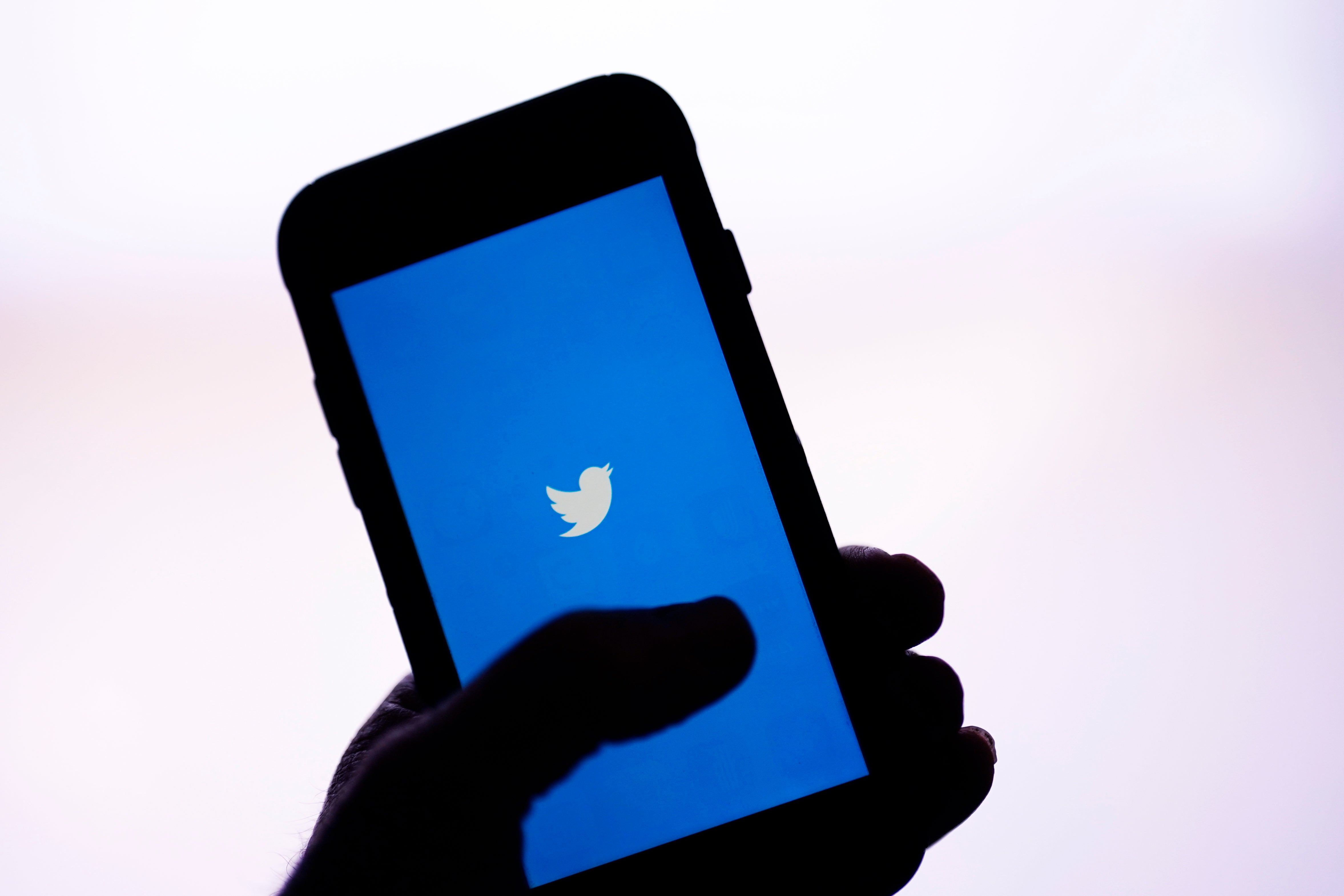What’s happening with Twitter blue check marks?
Elon Musk had promised to take away all of Twitter’s blue check marks doled out to Hollywood stars, professional athletes, business leaders, authors and journalists unless they start buying a monthly subscription to the social media service

Elon Musk had promised to take away all of Twitter's blue check marks doled out to Hollywood stars, professional athletes, business leaders, authors and journalists unless they start buying a monthly subscription to the social media service.
Musk's goal was to shove the advertising-dependent platform he bought for $44 billion last year into a pay-to-play model — and maybe antagonize some enemies and fellow elites in the process.
But the Saturday deadline passed and the blue checks are still there, many with a new disclaimer explaining they might have been paid for or they might not have been paid for — nobody but Twitter really knows. The company didn't return a request to clarify its changing policies Monday.
Does a blue check matter?
Matt Darling has been on Twitter for about 15 years and never cared about not having a blue check, though he'd get a kick out of whenever a verified account of “some real-world importance” started following him.
"People on Twitter will joke about blue checks like they’re the aristocracy but I don’t think anyone actually thought that," except for Musk, Darling said.
Now, Darling finally got a blue check after paying $11 last month to try out some of the features that come with a Twitter Blue subscription. But seeing it becoming more of a “scarlet letter” under Musk than a symbol of credibility, he used a technique to scrub the blue tick from his profile.
“Now it’s a signal of you’re a person who’s not making good tweets so you have to pay for engagement,” said Darling, an economist at the center-right Niskanen Center.
Musk has said that starting April 15, only verified accounts will appear in Twitter's For You feed that recommends what tweets people see. Darling is planning to drop the subscription — it had too many glitches, and he's not looking for more online clout.
“I don’t want Twitter to be pay-for-play. I want it to be a place where people writing interesting tweets are getting the engagement,” he said.
Hybrid model
Instead of taking away the blue check marks, Twitter on Sunday began appending a new message to profiles: “This account is verified because it’s subscribed to Twitter blue or is a legacy verified account.”
In other words, singer Dionne Warwick and other high-profile verified users still have their blue checks. But so does anyone who pays between $8 and $11 a month for a Twitter Blue subscription — and there's no way to tell the difference. (Warwick, for her part, made clear she won't be paying for a blue check because that money will “be going towards my extra hot lattes.”)
That hybrid solution was good enough for Star Trek actor William Shatner, who earlier balked at signing up for a subscription but on Sunday tweeted to Musk: “I can live with this. This is a good compromise". But it's not clear if it is a temporary or permanent measure.
The exception
Twitter did take away at least one verified check over the weekend: from the main account of the New York Times. The account, which has 55 million followers, had previously been marked with a gold-colored check for verified organizations.
But a user pointed out to Musk over the weekend that the newspaper had said publicly it wouldn't be paying a monthly fee for check-mark status, so Musk said he would remove the mark and also disparaged the newspaper's reporting.



Bookmark popover
Removed from bookmarks